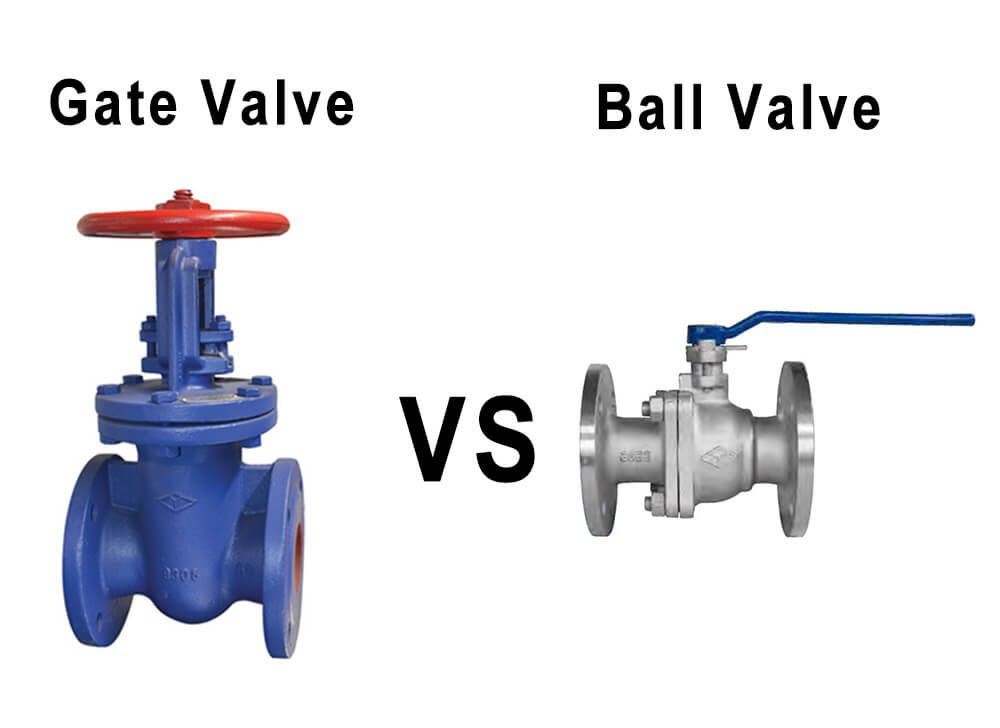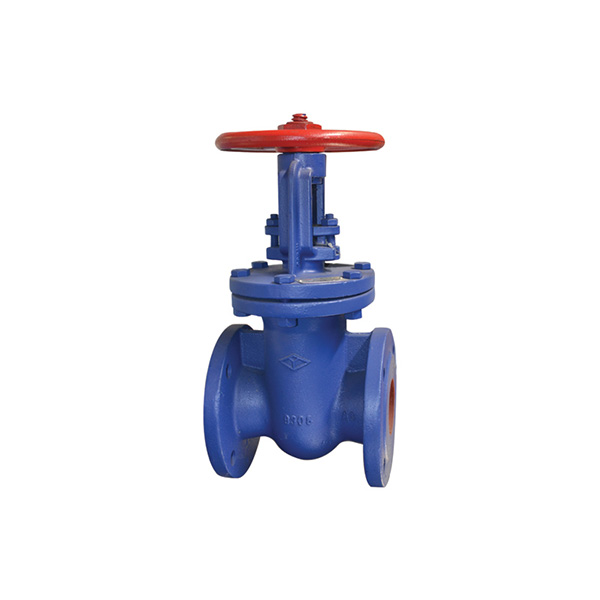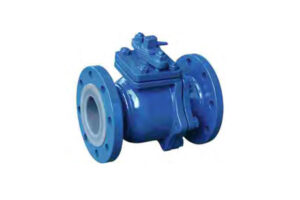Como experto en válvulas con años de experiencia en la industria, A menudo me preguntan sobre las diferencias entre válvulas de compuerta y válvulas de bola., y qué tipo es más adecuado para aplicaciones específicas.

la verdad es, Ambos tipos de válvulas tienen sus ventajas y limitaciones únicas., y la elección depende en última instancia de factores como la naturaleza del proceso, las condiciones de funcionamiento, y los requisitos específicos del sistema.
Válvulas de compuerta: Robusto y confiable

Las válvulas de compuerta son conocidas por su construcción robusta y su capacidad para soportar presiones y temperaturas extremas..
Cuentan con una compuerta en forma de cuña que se mueve perpendicular a la trayectoria del flujo., permitiendo una apertura total cuando está en la posición abierta. Este diseño minimiza la resistencia al flujo., haciendo de las válvulas de compuerta una excelente opción para aplicaciones donde la caída de presión es una preocupación crítica, como en los sistemas de distribución de agua, oleoductos y gasoductos, e instalaciones de generación de energía.
Una de las ventajas clave de las válvulas de puerta es su capacidad de flujo bidireccional, lo que significa que pueden controlar efectivamente el flujo en cualquier dirección. Esta versatilidad los hace adecuados para una amplia gama de aplicaciones donde puede ocurrir la inversión de flujo. Además, Las válvulas de compuerta proporcionan excelentes capacidades de cierre, Asegurar un sello apretado cuando está en la posición cerrada.
Sin embargo, Las válvulas de puerta tienen algunas limitaciones. Por lo general, requieren más par de operación en comparación con otros tipos de válvulas., lo que puede hacerlos menos adecuados para aplicaciones que requieren operación frecuente. Además, Las válvulas de compuerta no se recomiendan para servicios de aceleración, Como la posición parcialmente abierta puede causar erosión y daño a los componentes de la válvula.
Válvulas de bola: Rápido y eficiente

BTodas las válvulas, por otro lado, ofrecer un conjunto diferente de ventajas.
Estas válvulas cuentan con una bola esférica con un orificio que se alinea con la ruta de flujo en la posición abierta, Permitiendo una restricción de flujo mínimo. Cuando se gira la pelota 90 grados, El orificio es perpendicular a la ruta de flujo, apagando efectivamente el flujo.
Uno de los beneficios clave de las válvulas de bola es su capacidad para proporcionar una operación rápida y eficiente.. Con una simple moción de cuartos de giro, pueden hacer la transición de completamente abierto a completamente cerrado, haciéndolos una excelente opción para aplicaciones que requieren operación frecuente o cierre rápido. Las válvulas de bola también son adecuadas para los servicios de aceleración, Como el diseño esférico de la pelota minimiza la turbulencia y la erosión cuando está en la posición parcialmente abierta.
Sin embargo, Las válvulas de bola tienen algunos inconvenientes. Por lo general, tienen un tamaño de orificio más pequeño en comparación con las válvulas de puerta del mismo diámetro nominal, que puede dar como resultado caídas de presión más altas. Además, Las válvulas de bola generalmente no se recomiendan para aplicaciones que involucran diferenciales de alta presión o temperaturas extremas, ya que estas condiciones pueden comprometer la capacidad de sellado y la longevidad de la válvula.
Elegir la válvula correcta
Como experto en válvula, Siempre recomiendo evaluar cuidadosamente los requisitos específicos de cada aplicación antes de seleccionar el tipo de válvula apropiado. Las válvulas de puerta son a menudo la opción preferida para aplicaciones donde las altas presiones, temperaturas, y el flujo bidireccional está involucrado, como en el petróleo y el gas, generación de energía, e industrias de distribución de agua. Válvulas de bola, por otro lado, Excel en aplicaciones que requieren operación frecuente, capacidades de estrangulamiento, o cierre rápido, como en el procesamiento químico, productos farmaceuticos, y industrias de alimentos y bebidas.
Al final, la decisión entre una válvula de puerta y una válvula de bola debe basarse en una comprensión profunda de las condiciones del proceso, requisitos del sistema, y las características de rendimiento de la válvula. Los fabricantes de válvulas de buena reputación como el fabricante de válvulas industriales de Farpro Yuanda ofrecen una amplia gama de válvulas de puerta y válvulas de bola, Diseñado y fabricado para cumplir con los más altos estándares de la industria y las expectativas del cliente.
